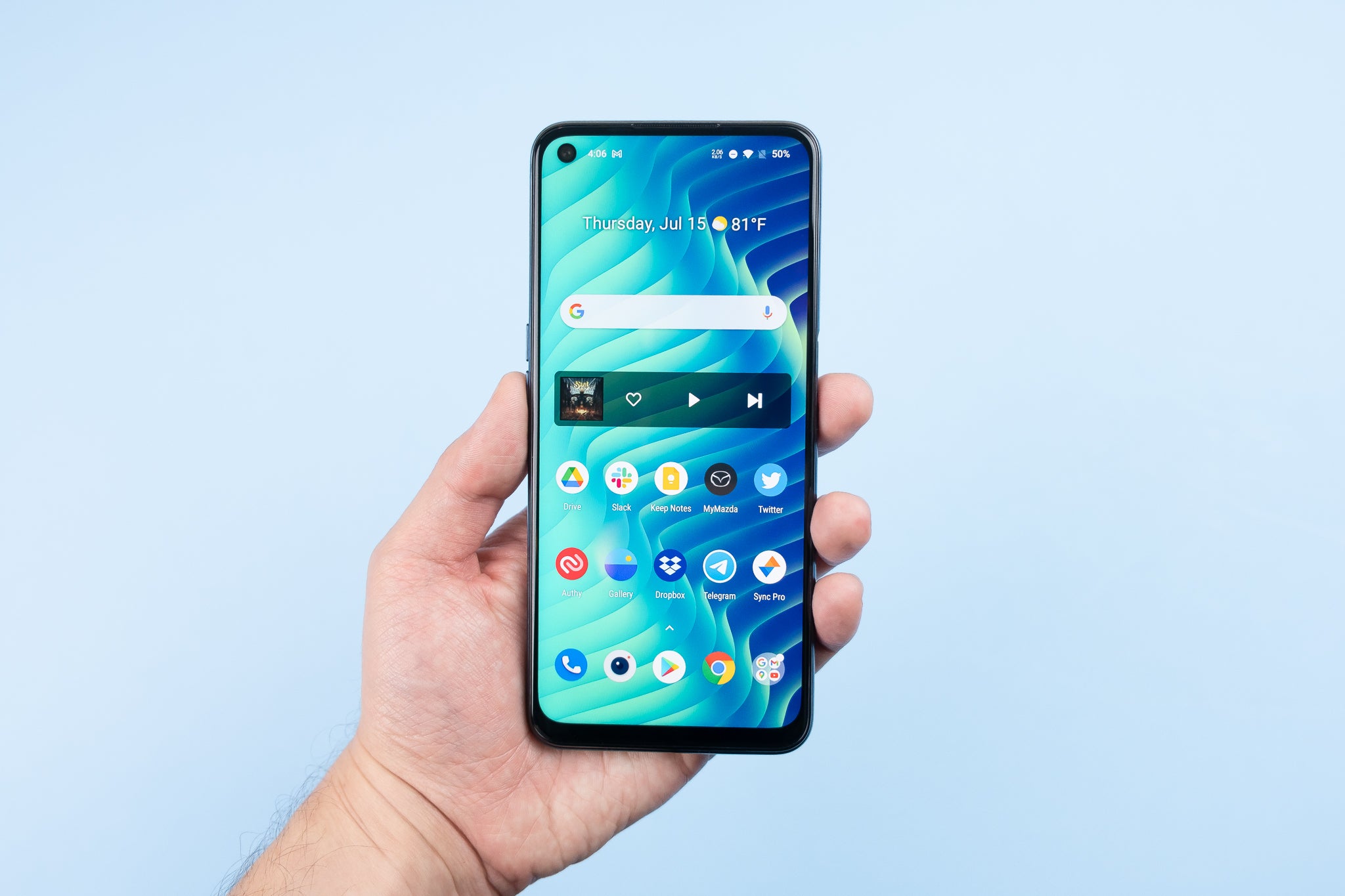The video streaming market is being targeted by sophisticated piracy networks from all over the globe. Major Hollywood studios as well as OTT platforms have made it a priority to address this issue. As an industry standard, multi-DRM approaches and watermarking solutions from the same SaaS vendor should be used to combat piracy networks in order to protect content. As well as verifying the legitimacy of legitimate users, this strategy also helps to locate where piracy is coming from.
Piracy’s well-developed ecosystem, populated by skilled hackers, cannot be ignored. Anti-piracy measures have to be coordinated across data centres around the world in order to protect OTT platforms because of their global nature, so they are constantly coming up with new ways to attack them. OTT platforms, however, must adhere to protocols when implementing video watermarking techniques in order to defeat pirates.
The storage and bandwidth footprint of a content delivery platform should be kept to a minimum in order to provide the best service possible to its customers.. Edge servers should be used sparingly, especially for storing metadata that includes information about the video asset, the client device, the session ID, the user ID, and so forth.. Edge servers are located closer to the user. Even if one set of data is stolen or corrupted, the others will still be safe. The central server is spared while the added security is maintained.
To ensure the smooth delivery of DRM protected content using forensic watermarks, the delivery network should perform caching optimizations. Instead of selecting the A/B variant, it should look into bitstream-based watermarking technology. The former keeps two copies of the same video asset on the server. Caching them also creates multiple versions, which increases the strain on the infrastructure.
Adding forensic watermarks to video assets is a time-consuming and resource-intensive task. However, the OTT streaming business relies on content delivery speed and low latency, especially in the case of sports broadcasts. Long buffering times have been found to have a negative impact on user retention. Customers with low bandwidth can benefit from adaptive bitrate technology for content delivery. In video assets that use less server resources, watermark embedding is also a more efficient process.
Also Read: All You Need to Know: Software App Developers
Watermark insertion time and server resource management can be expedited by following these tried-and-true guidelines for content owners.
It is possible to embed the DRM licence into an offline file or to obtain it online. The video file can be licenced and used in offline mode on a domain-bound desktop. The embedded licence allows the user to decrypt and play the video even if the desktop does not have access to the licencing server. When a media library is transferred to a new device, the embedded licence is no longer functional. If this occurs, a new licence must be obtained.the session ID, the user ID, and so forth.. Edge servers are located closer to the user. Even if one set of data is stolen or corrupted, the others will still be safe. The central server is spared while the added security is maintained.



